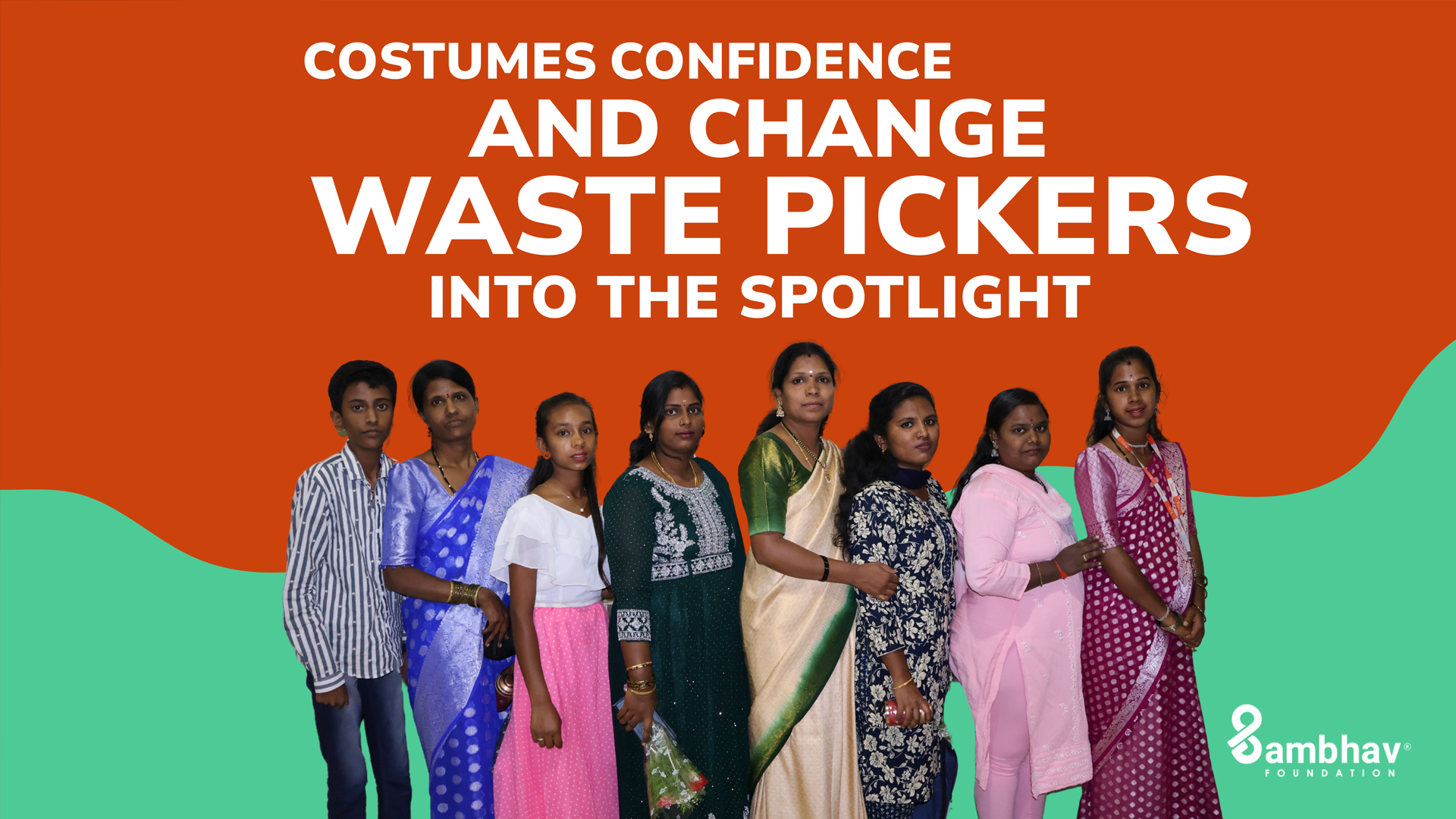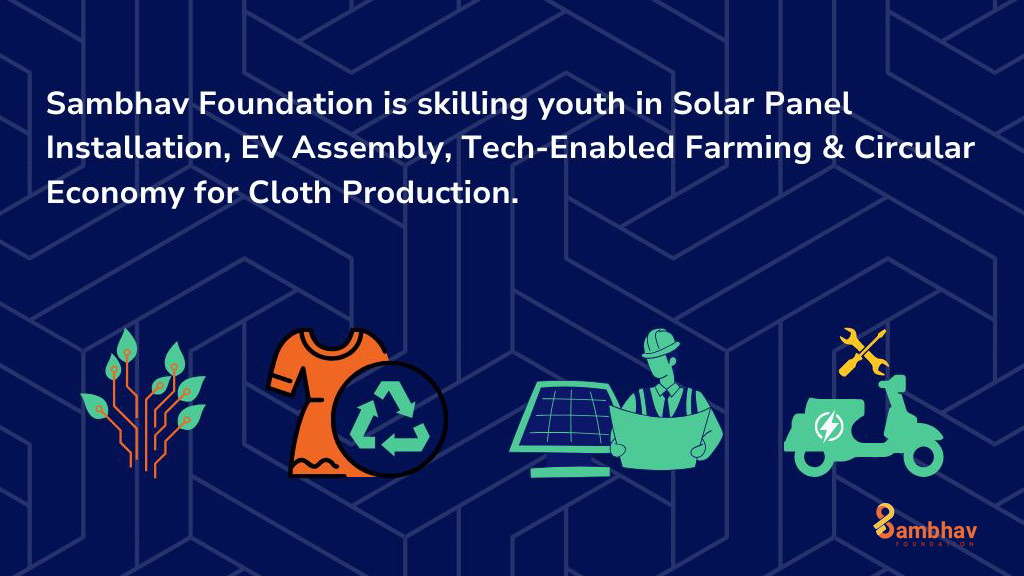It has taken a while, but the mountain has finally come to Mohammed.
For decades, we have seen the aspirational allure of English up close. But the shift towards vernacular education and content in the past few years is astounding.
Of course, there’s little altruism about the market’s movement towards the bhasha. The market moves where the money currently is, or is likely to be.
Consider this: More than half of all video content consumed on social media platforms is in Hindi; 30 – 40% of this content is from the regional languages. One of the biggest Impact Investment deals of 2021 (worth some $350 million) was related to local language content and network. And the pandemic took EdTech to another level.
So the popularity of the vernacular language is no coincidence. Over 80% of students in Assam, Bengal, Gujarat, and Odisha receive secondary school education in their respective mother tongues. The number is closer to 90% in primary school education.
Yet, when these students enter colleges and universities, the students are expected to learn in a new language. But for a youth from rural Assam, Odisha, or Tamil Nadu both Hindi and English stand at an equal distance. For vocational training programmes, local language instruction makes all the difference.
Local language and vocational training
When speaking to one of the graduates of our optician training programme in Balasore, Odisha, one young woman spoke about the huge difference having a local language instructor made to her. She was confident enough to engage the lecturer and get her doubts cleared.
It wasn’t just her alone.
The trainer who spoke Odia was able to hold onto the attention of the students longer; the students were more engaged in class and likely to respond. The most obvious reason is that communicating in a local language allows these students in rural areas to express themselves better.
Even getting an instructor who speaks in Hindi doesn’t have the same outcome.
But shifting to a local language instruction is not as easy as it sounds. For one, there’s a shortage of teachers in Indian education. The space of skilling and vocational education is no exception.
Finding good teachers is hard. Add in the requirement of local language instruction, and it becomes a tall task indeed.
In my own experience, the trainers want to further their careers too. Organizations like Sambhav Foundation work in remote regions, and paradoxically, the career path of good instructors are likely to pull them towards bigger centres in the cities.
So is there no solution?
Edtech and hybrid learning
The answer would be a hybrid learning model. Mixing EdTech vernacular content with English instruction is a great way of meeting students from rural areas halfway. The students can keep replaying this content to further their theoretical education and try out the practical aspects of their training in the vocational classroom.
Reports also indicate that EdTech is moving towards a ‘voice-first’ education format in the coming decade. That means local language instruction becomes that much more important.
And this vocational education is already here. There are thousands of aspiring youth who have taken to social media platforms and are sharing DIY courses on everything under the sun.
It isn’t strange for a young man sitting in Odisha to pick up the basics of becoming a plumber from watching a video demo of a geyser being taken apart, or learning how to fix a dual flush system. There are young computer coding instructors teaching in Hindi or Kannada.
Even at Sambhav, we are innovating vocation education to make it more accessible by including EdTech in the process. This includes virtual assessment software and short, informative educational videos. We are looking to customize these learning modules and content to suit the needs of the students.
The great vernacular content revolution is being driven by the people. And we are not far behind.



